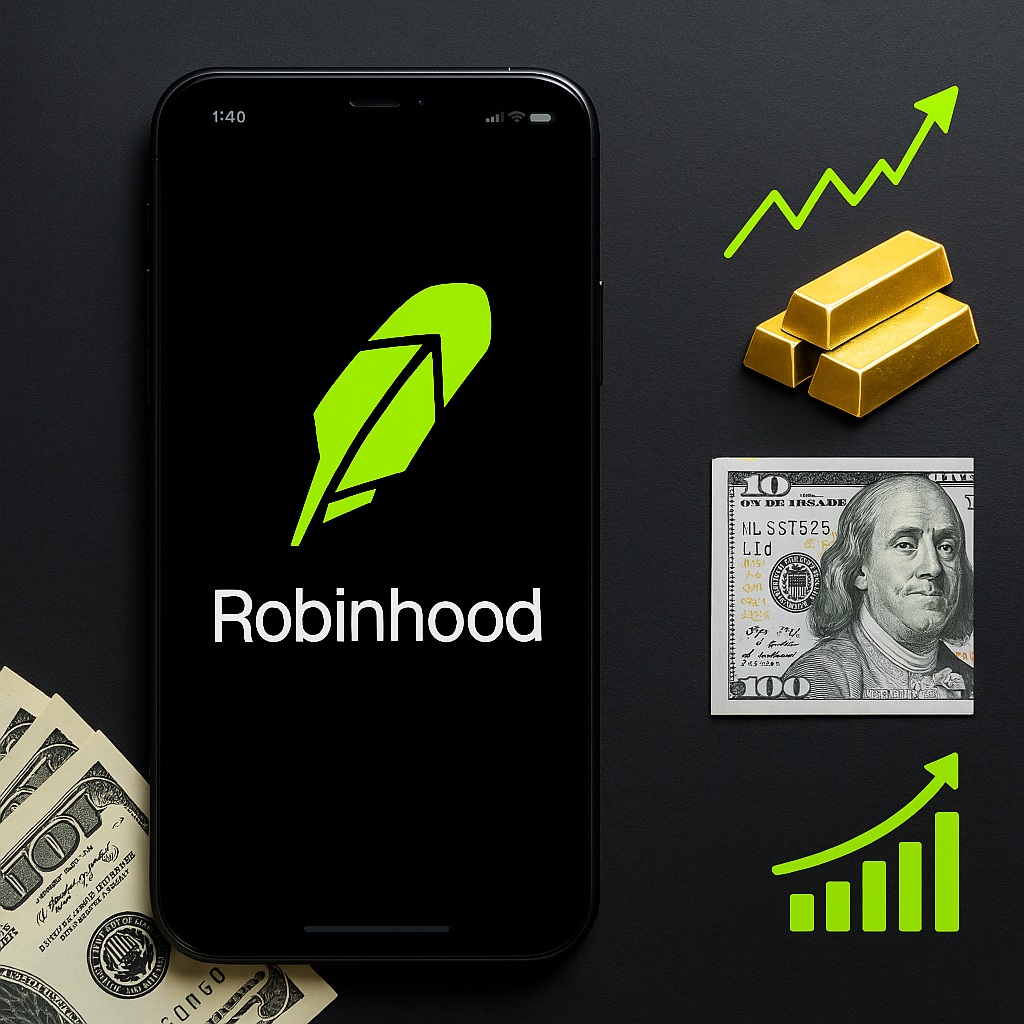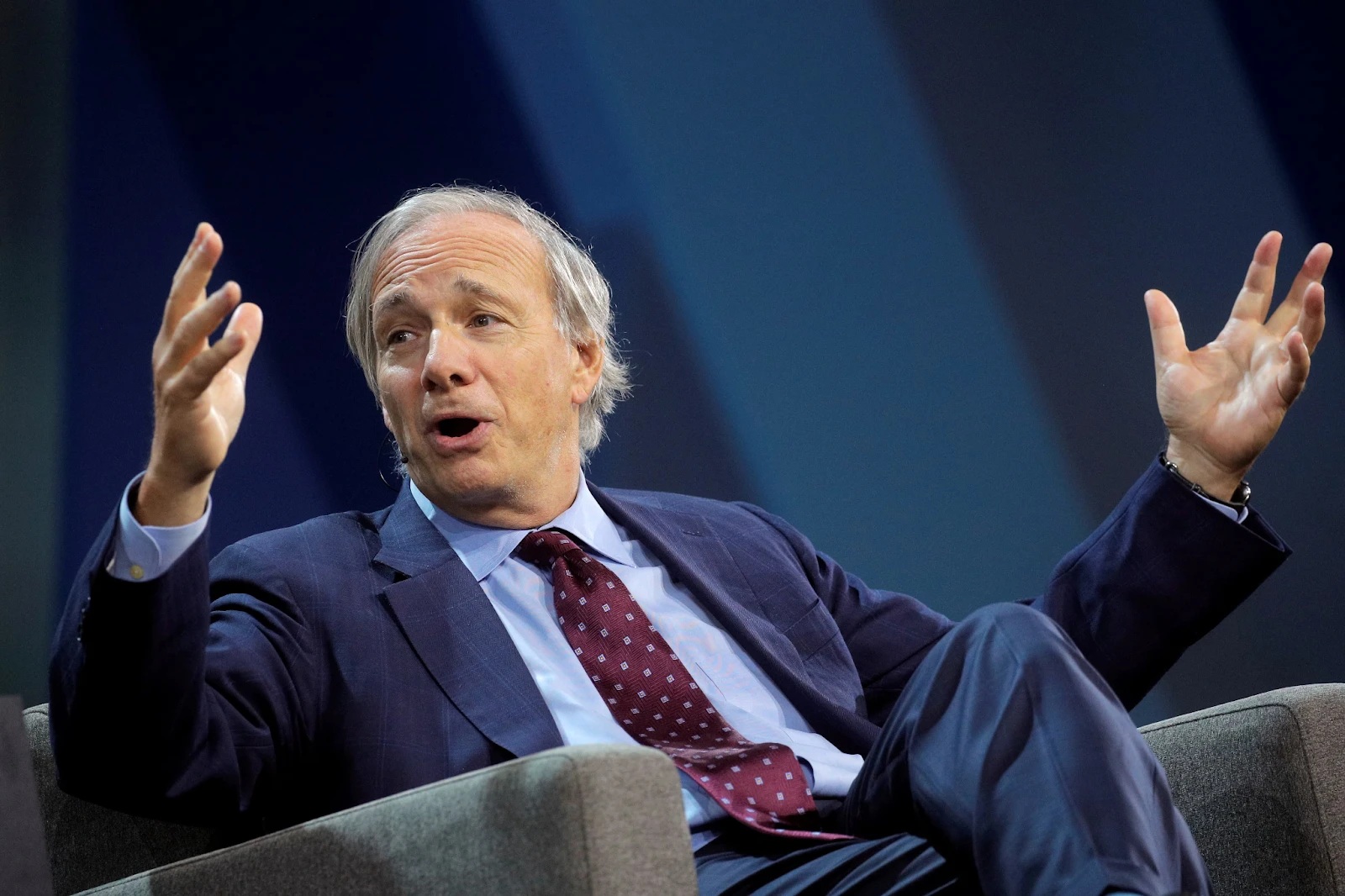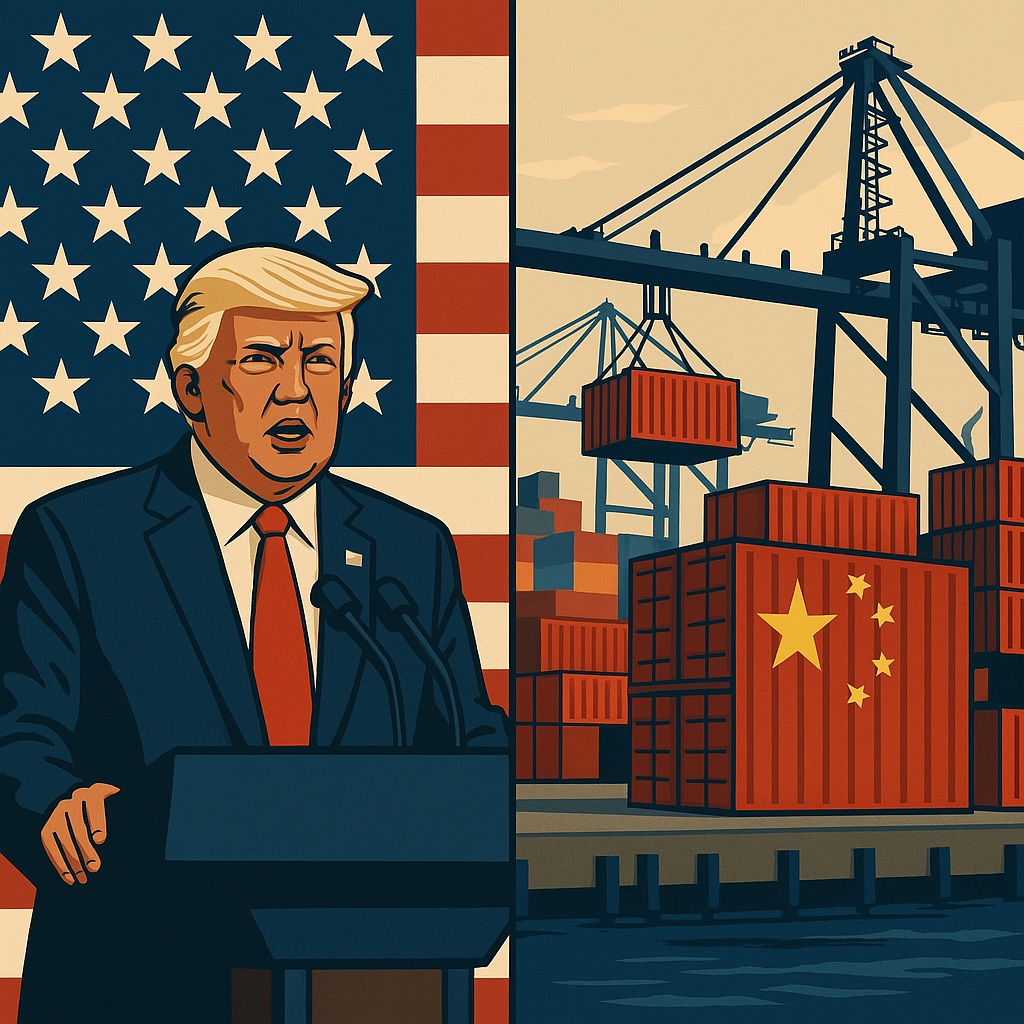CoreWeave is trying to go public. But the road there? It’s not smooth. In fact, it’s full of cracks—some small, some deep. This company, once just another crypto mining startup back in 2017, now wants to be a major player in the AI cloud space. It’s chasing a $26 billion valuation. But that number used to be $35 billion not long ago. So what happened?
And more importantly, what does it mean?
Why Did CoreWeave Slash Its IPO Goals?
Let’s break it down. CoreWeave originally hoped to raise $4 billion through its IPO. That number is now $2.7 billion. That’s not just a haircut. That’s a full buzz cut. It also dropped its target valuation by nearly $10 billion. Why? Market volatility. Investors are nervous. Stock prices are shaky across the board.
But that’s not the whole story.
CoreWeave also revealed issues in its financial system—bad IT controls and not enough skilled people managing its financial reports. That’s not the kind of news you want to share right before going public. These weaknesses raise serious questions. Is CoreWeave ready for Wall Street’s spotlight?
Maybe. Maybe not.
Is CoreWeave Actually Making Money?
That’s a tough one. On paper, CoreWeave made $1.9 billion in revenue in 2024. That sounds great until you see the bottom line: it lost $863 million that same year. So, for every $1 it made, it spent about $1.43.
That kind of math doesn’t last forever.
Worse, 77% of that revenue came from just two customers. Microsoft alone accounted for 62%. That’s not a partnership—that’s a lifeline. And if that lifeline weakens? The whole thing could unravel. Some reports even say Microsoft has started scaling back. CoreWeave denies that. Still, the concern is out there.
And if Microsoft pulls back more, what then?
What About the OpenAI Deal?
On the surface, CoreWeave’s $11.9 billion deal with OpenAI looks like a win. OpenAI even bought a $350 million stake in the company. But here’s the catch: CoreWeave had to form a separate company just to take on new debt to fulfill that contract.
It’s called a “special purpose vehicle.” Sounds technical. And it is. But here’s what it means—CoreWeave is stretching itself thin to keep big clients happy. Again.
So, the question becomes: how long can it keep doing that?
Billions in Data Centers, But Who’s Paying?
CoreWeave is spending like it’s already made it. Over $1 billion to turn a New Jersey building into a data center. Another $2.2 billion across Europe. A $600 million site in Virginia. Plus billions more tied up in other infrastructure projects.
This isn’t a company slowly scaling. This is full-speed expansion. But expansion needs fuel. And fuel costs money. A lot of it.
And that leads to the biggest issue of all.
What’s Going On With CoreWeave’s Debt?
Right now, CoreWeave is sitting on roughly $8 billion in debt. Most of that came from a $7.6 billion credit line. Starting January 2025, it has to begin quarterly payments tied to GPU values and cash flow. By October, it might owe $500 million every quarter.
That’s half a billion dollars. Every three months. While still trying to build new data centers. While still trying to keep OpenAI and Microsoft happy.
That’s not a juggling act. That’s a high-wire walk over a canyon with no net.
What This Says About the AI Industry
CoreWeave isn’t just another startup. It holds more GPUs than nearly anyone else outside of Big Tech. It’s become the backbone of generative AI for companies that don’t have their own cloud power. But if a company this deep in AI can’t turn a profit, what does that say about the industry?
Are the economics of AI infrastructure broken?
That’s the question investors are quietly starting to ask.
Final Thought: Is CoreWeave a Bet Worth Taking?
The IPO will tell us. If investors are willing to back a company with huge losses, massive debt, and customer concentration issues—then maybe the AI hype still has room to run.
But if they don’t?
CoreWeave won’t be the only company feeling it. The ripple effects could shake the whole AI infrastructure market.
Either way, this IPO isn’t just about one company going public.
It’s a test of what the future of AI really costs.



